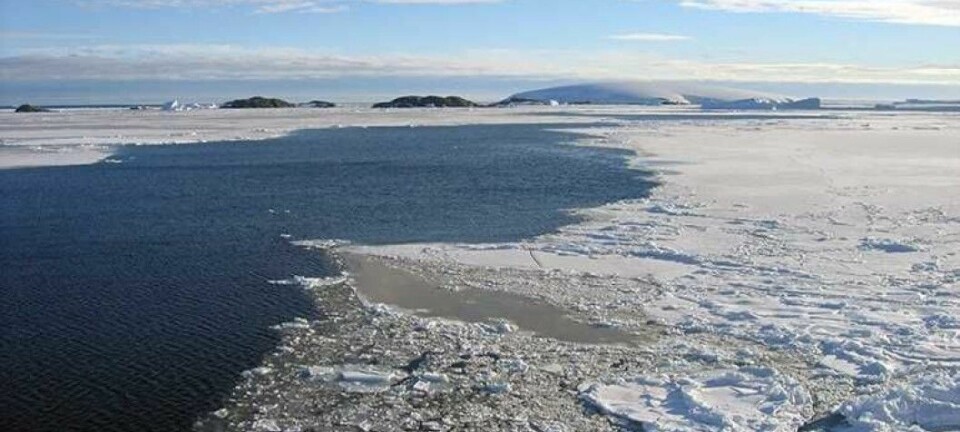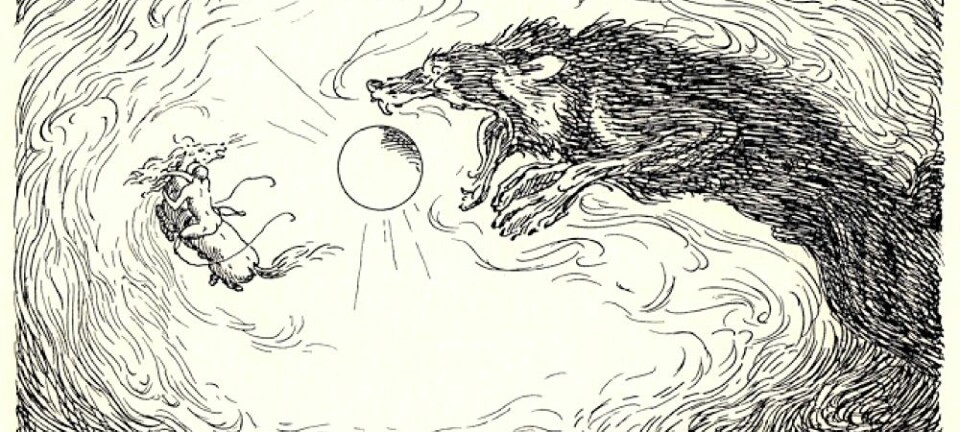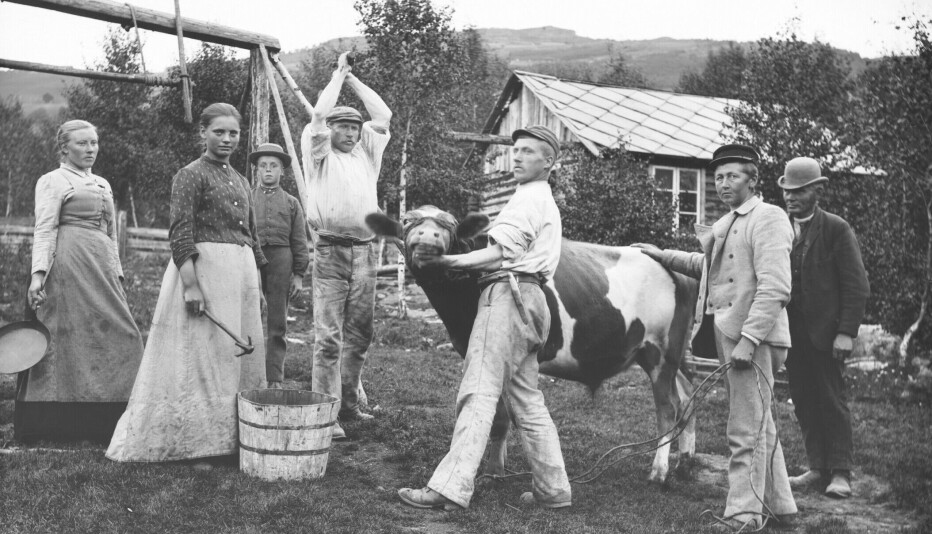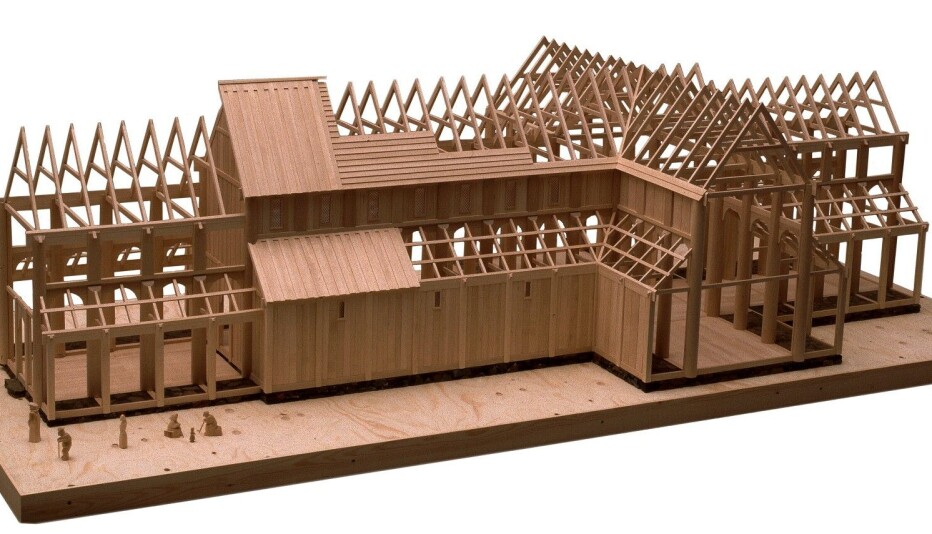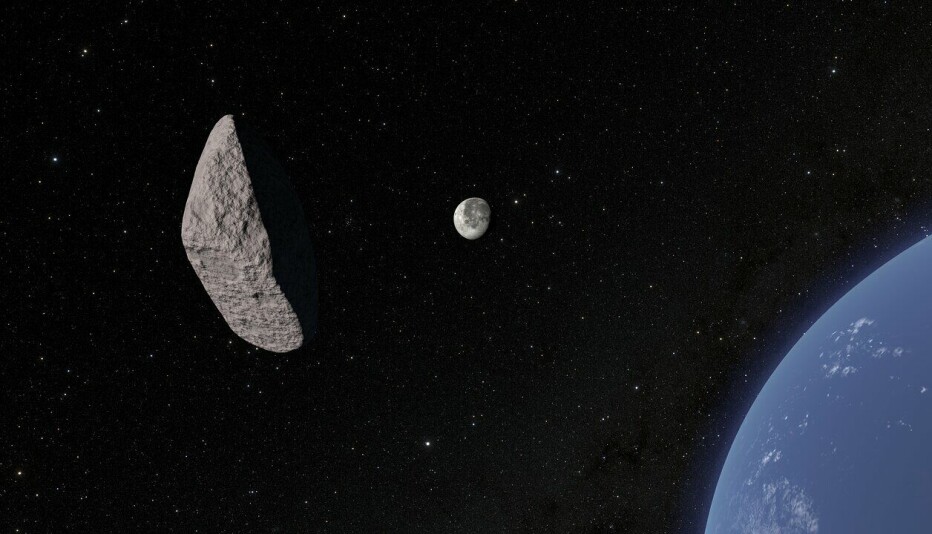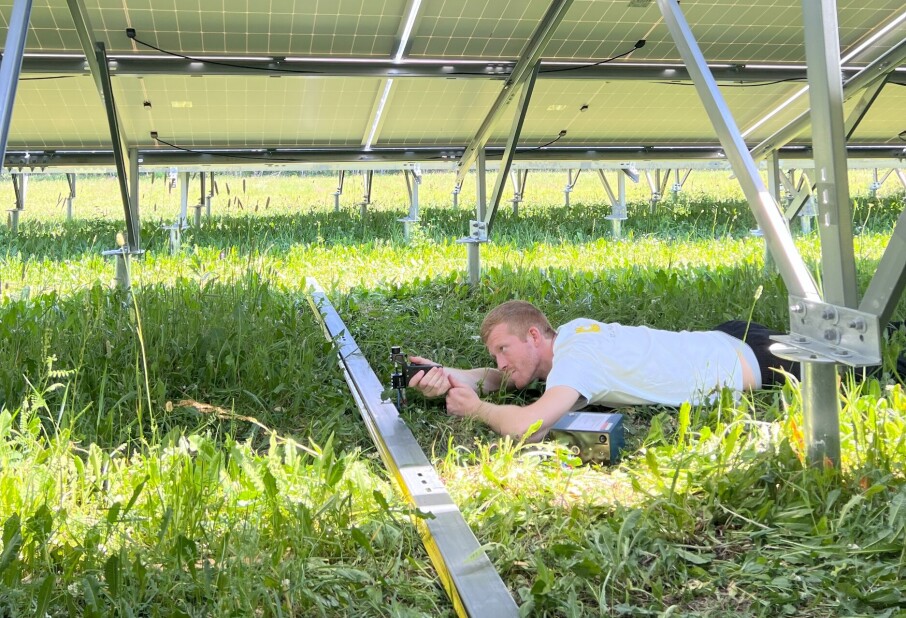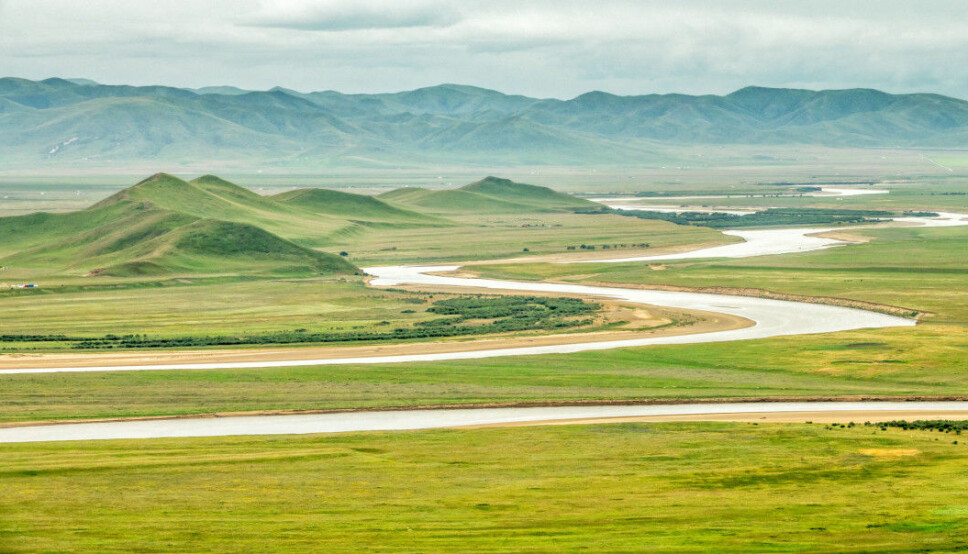
Chinese and Norwegian scientists have drilled an almost 600-meter deep hole into the Tibetan Plateau. This gives them a window into the past.
Among their findings is that ice age cycles suddenly became stronger just over 600,000 years ago. Researchers were also struck by how little plant life has changed over the past 1.7 million years.
In the far east of the high Tibetan Plateau in China lies a place called Zoige.
For millions of years and until not many thousands of years ago, this area was covered by a large lake.
The existence of the lake — and its disappearance — has provided exciting opportunities for paleoecologists John Birks and Vivian Astrup Felde from Bergen.
Along with their Chinese counterparts, they have examined the contents of a nearly 600-metre deep drill core retrieved from the bottom of the now-dried-up lake. Scientists have worked layer by layer through ever-older sediments from the Earth's past.
These sediments are full of old pollen. Pollen not only provides a record of what plants and trees grew in the area in the past — but gives researchers insights into climate change and ice ages.
The study has now been published in the academic journal Science Advances.
A look at life in the past
Paleoecologists study life in the past.
Their work often consists of studying plant and tree pollen that has been buried in sediment layers in marshes or in lake bottoms.
The Zoige drill core on the Tibetan Plateau is the second oldest core containing remnants of ancient plant life that has ever been retrieved. It provides researchers a snapshot of changes in pollen quantities from more than 1.7 million years back in time.

More powerful ice ages 600,000 years ago
Over the last two million years, the Earth has experienced something very special: shifts between ice ages and interglacial periods.
The most recent ice ages have lasted around 100,000 years each. Warm interglacial periods between them have lasted about 10,000 years each.
But scientists report in this study that something happened to the climate —620,000 years ago.
- Up until 620,000 years ago, scientists saw quite clearly that there have been cycles of 20,000 to 40,000 years between big climate shifts. But then these cycles became more intermittent and weaker.
- After this period, 100,000-year ice age cycles became the dominant feature of major climate change.
A very special drill core
For many years, John Birks has been a central figure in paleoecology in Norway.
He has a large international network, so it’s not surprising that Chinese scientists and engineers wanted him to participate in this particular study, which almost literally sets the world record for digging into the past.

Birks was also involved in investigating a sediment core that was retrieved from the bottom of the crater lake in El'gygytgyn in northeast Siberia a few years ago. The core goes back a full 3.5 million years in time and thus holds a clear world record.
However, this latest sediment core from China may contain a lot more information.
By comparison, there is little material from Norway that is older than from the end of the last ice age, about 12,000 years ago. Also, there are no continuous ice cores from Antarctica that have any information that is similar to this one from China.
“It goes without saying that it is difficult to get everything up under complicated drilling like this. But the Chinese engineers managed to bring up as much as 96 percent of what was downhole. This is very good,” says Birks.
Plant life goes in cycles
Understanding the Earth’s past climate has become very important in this time of human-caused climate change. This allows us to more easily distinguish between natural and human-caused changes.
Birks, Felde and their Chinese counterparts are the first in the world to show that fluctuations between high and low humidity have also been important for plant life far back in time.
Scientists and lay people alike have thought that temperature fluctuations must have been the most important factor controlling plant life, as the Earth's orbit and tilt changed and the climate shifted between ice ages and interglacial periods.
“The samples we have collected clearly show us how plant life has gone through cycles the entire time,” Birks said. “But the changes have been the same over and over again.”
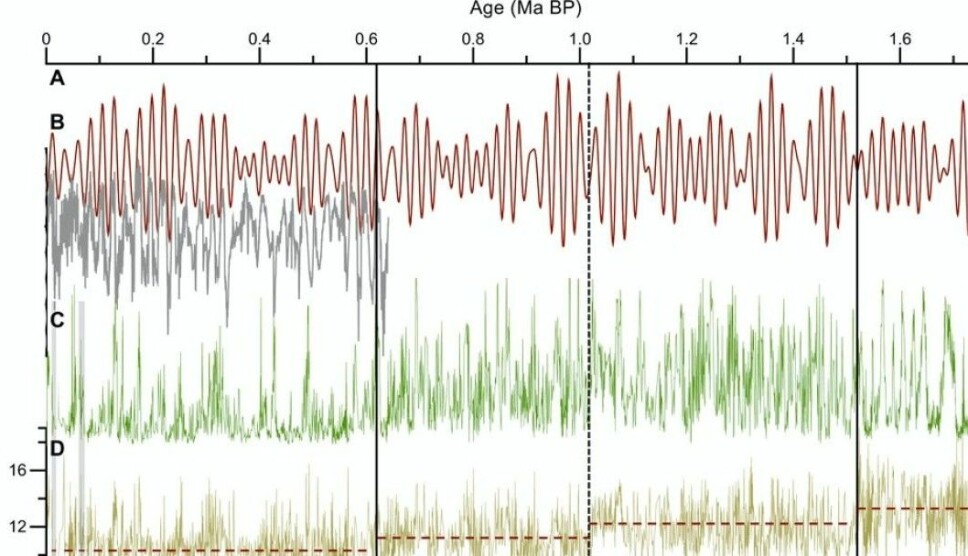
Not much change in plant species
Pollen from plants and trees that Birks and colleagues have studied from 1.7 million years back shows how the landscape of the eastern Tibetan Plateau has hovered on the verge of becoming a high mountain desert during dry periods.
At the same time, scientists see how the forest has almost completely taken hold over and covered the landscape when the climate was more humid.
One interesting facet of the pollen record was that there were no major changes in the kind of plants that grew here — for more than a million years.
“When the climate changes, the plant life doesn’t change much. No new species are established,” Birks said. “What is changing is the abundance of different species.”
The figure below shows exactly this.
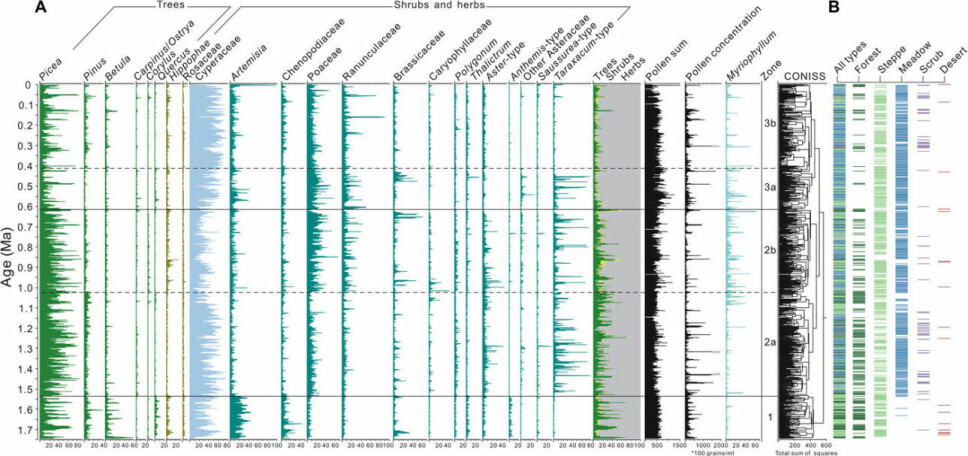
Translated by Nancy Bazilchuk
Reference:
Yan Zhao et al.: "Evolution of vegetation and climate variability on the Tibetan Plateau over the past 1.74 million years", Nature Science Advances, May 6, 2020. DOI: 10.1126/sciadv.aay6193
———
Read the Norwegian version of this article at forskning.no








